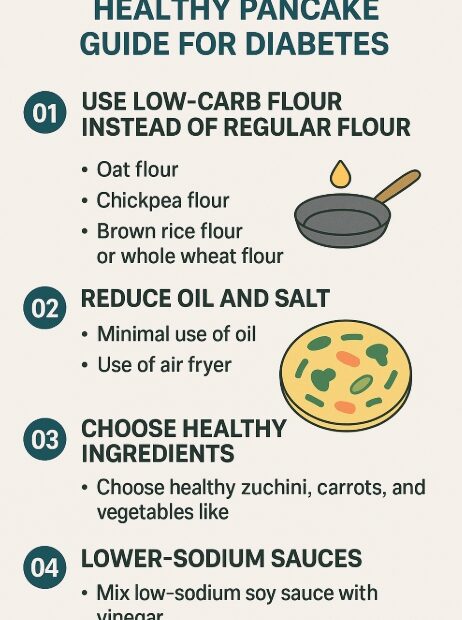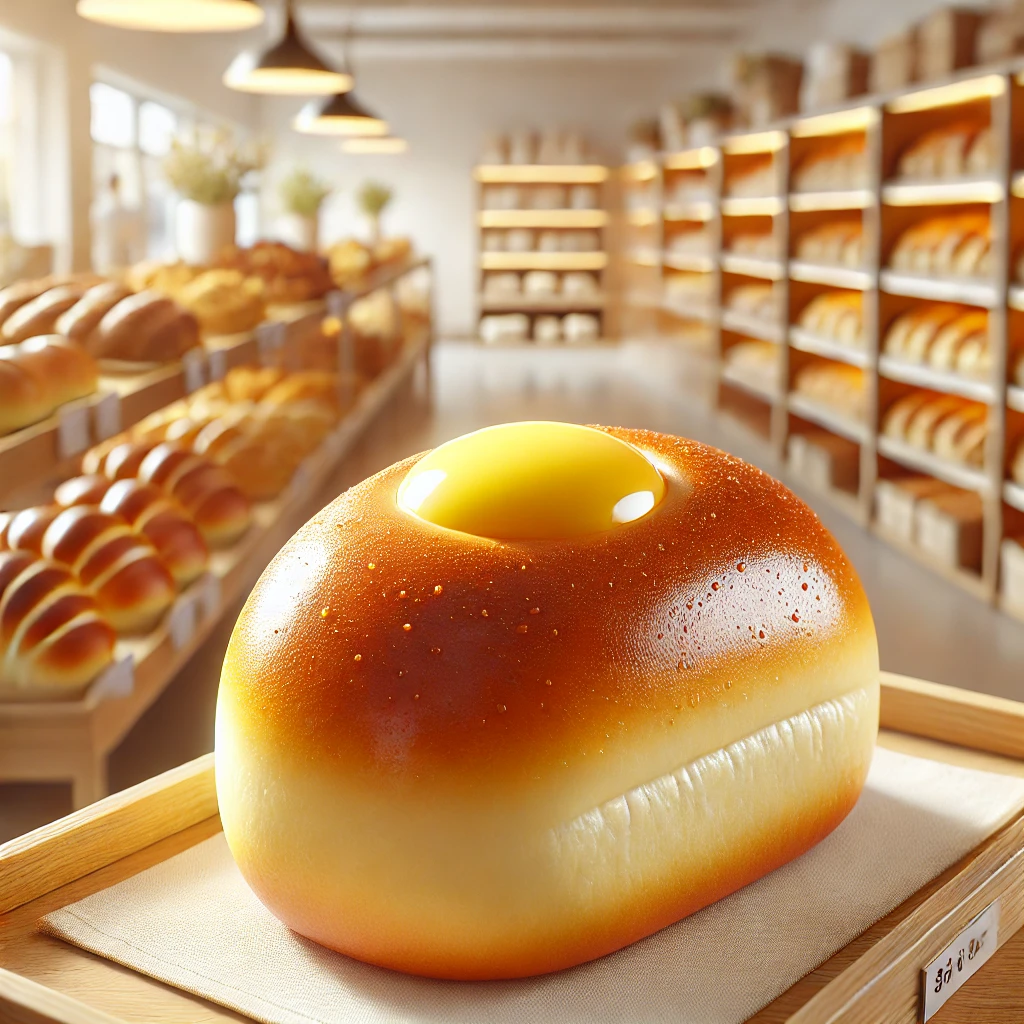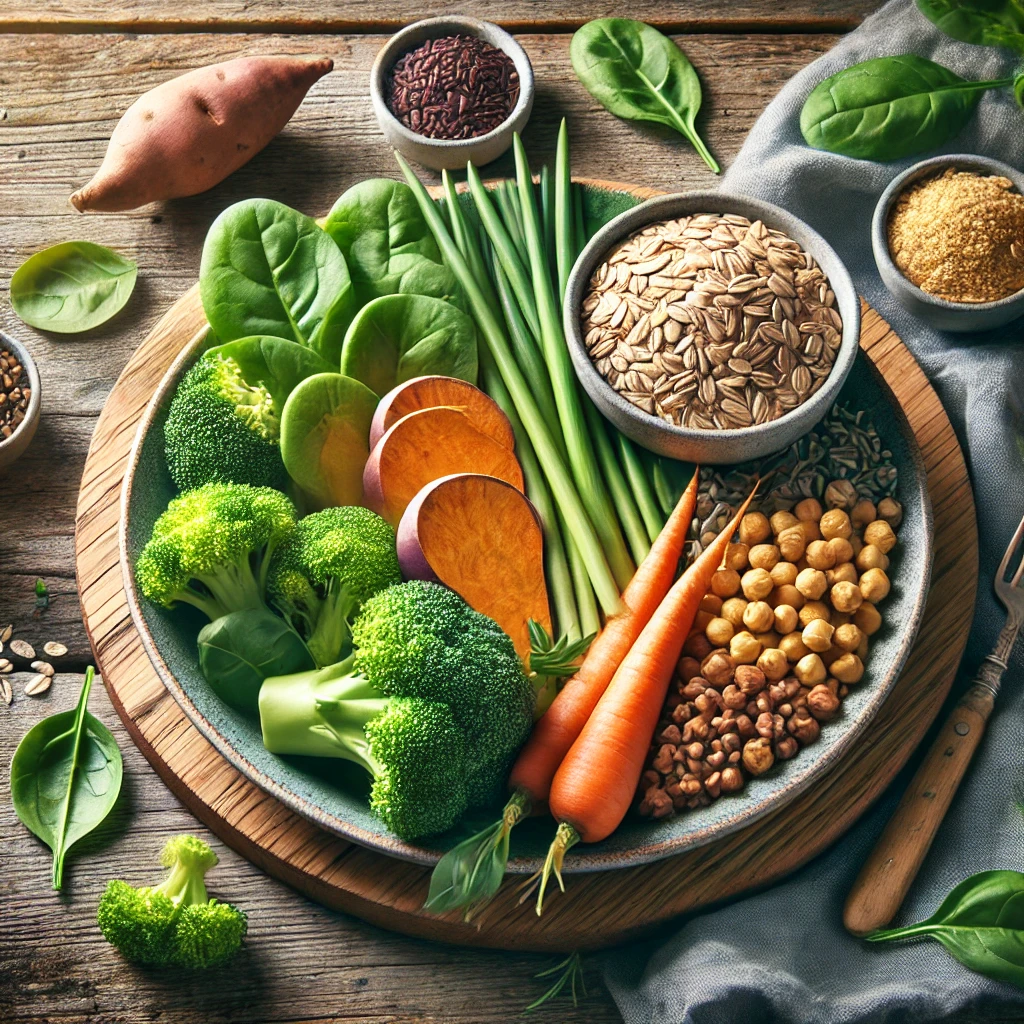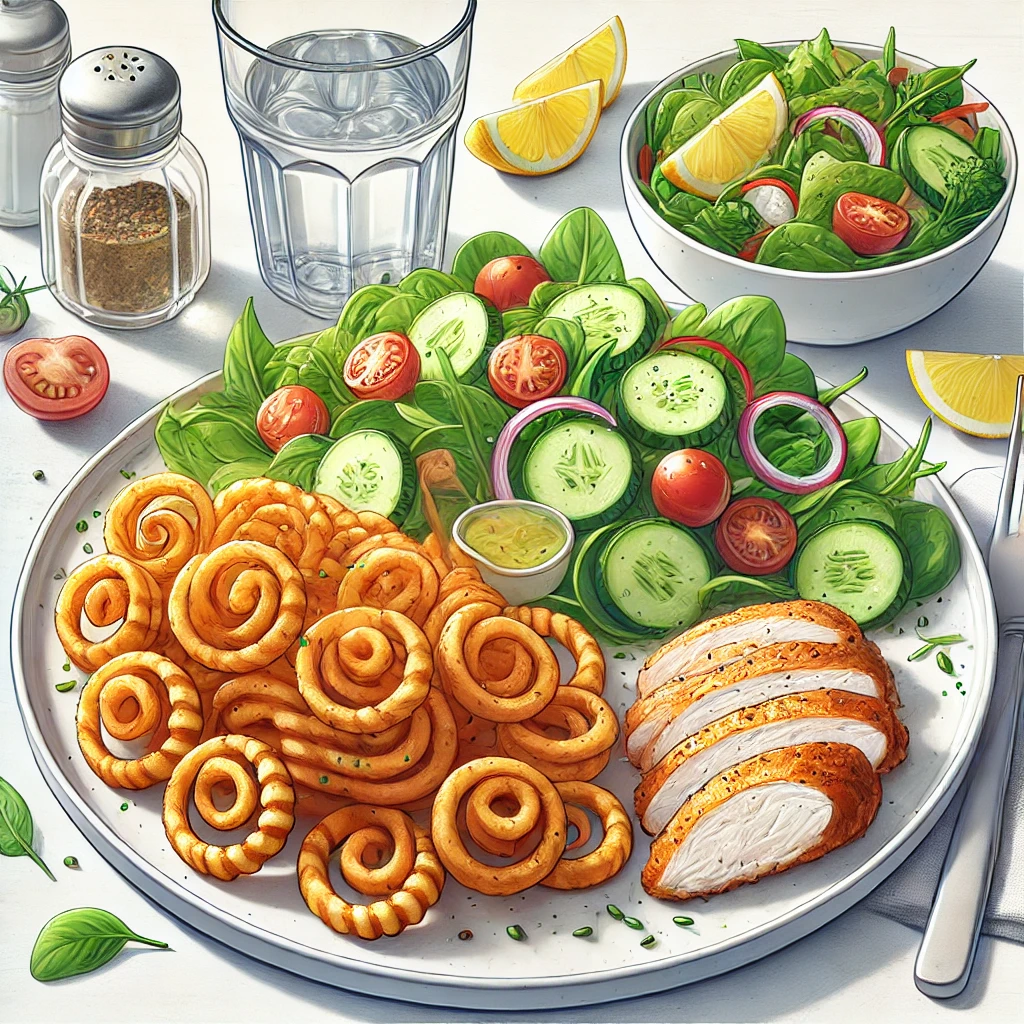🥞 A Healthy Pancake Guide for People with Diabetes
— Enjoying flavor while keeping your blood sugar in check Introduction In Korea, pancakes (called buchimgae) are comfort food—especially on a rainy day. Crispy on the outside and soft on the inside, they’re a favorite… 🥞 A Healthy Pancake Guide for People with Diabetes





